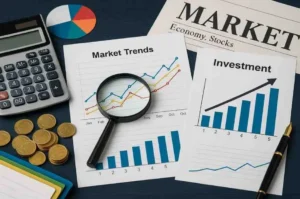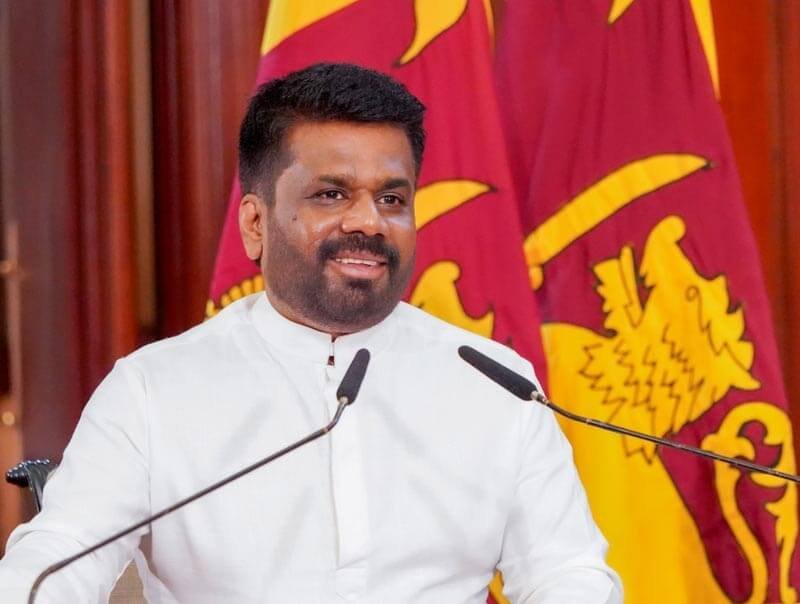The third assessment of Sri Lanka’s $2.9 billion bailout was authorized by the International Monetary Fund (IMF), emphasizing the country’s continued economic shortcomings. The IMF announced the release of $333 million on Saturday, raising the total funding provided to $1.3 billion. While signs of economic recovery are visible, the nation still faces significant financial challenges amid the IMF bailout for Sri Lanka.
Sri Lanka must finalize the restructuring of $12.5 billion in bondholder debt and $10 billion owed to bilateral creditors, including Japan, China, and India. The IMF bailout, secured in March last year, played a crucial role in stabilizing the nation after its 2022 financial collapse. IMF expressed satisfaction with the government’s progress as Sri Lanka’s economy has significantly improved since 2022, when fuel, food, and medicine shortages crippled the nation.
IMF senior mission chief Peter Breuer stressed the importance of reforms and tax revenue compliance to achieve a 2.3% primary surplus target in 2025. He confirmed that the IMF and the government have agreed on a detailed package, which parliament must approve before the fourth bailout review.
President Anura Kumara Dissanayake, speaking in parliament after his coalition’s electoral victory, reiterated his commitment to the IMF’s program. He plans to present an interim budget in December and aims to complete debt restructuring by year-end.
Inflation in Sri Lanka has dropped to 0.7%, and economists project the economy to grow by 4.4% this year, marking its first increase in three years. However, the IMF warned that Sri Lanka remains in a difficult position, with economic stability still fragile. The IMF bailout for Sri Lanka continues to be critical for stabilizing reserves, ensuring basic supplies, and driving economic recovery.












